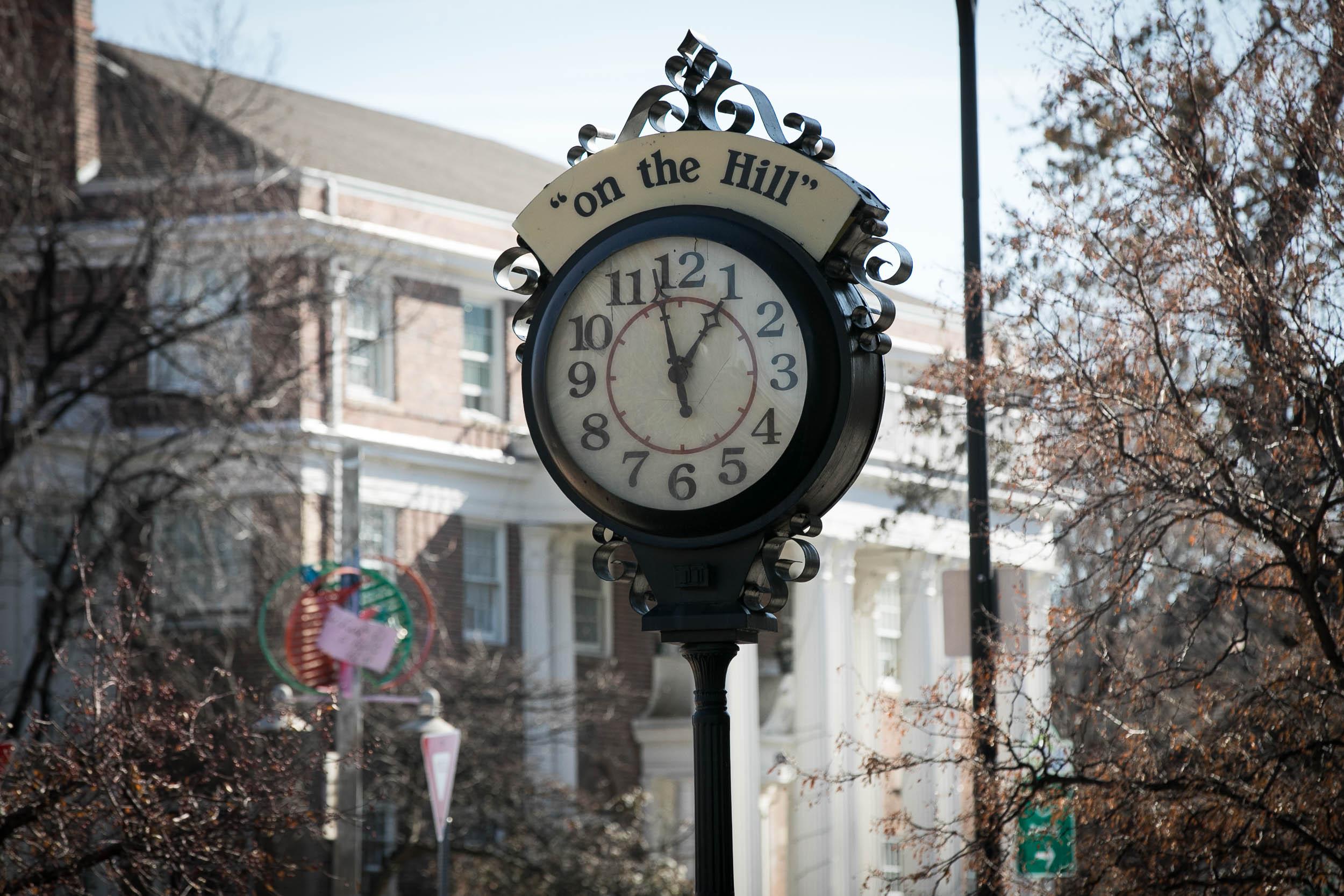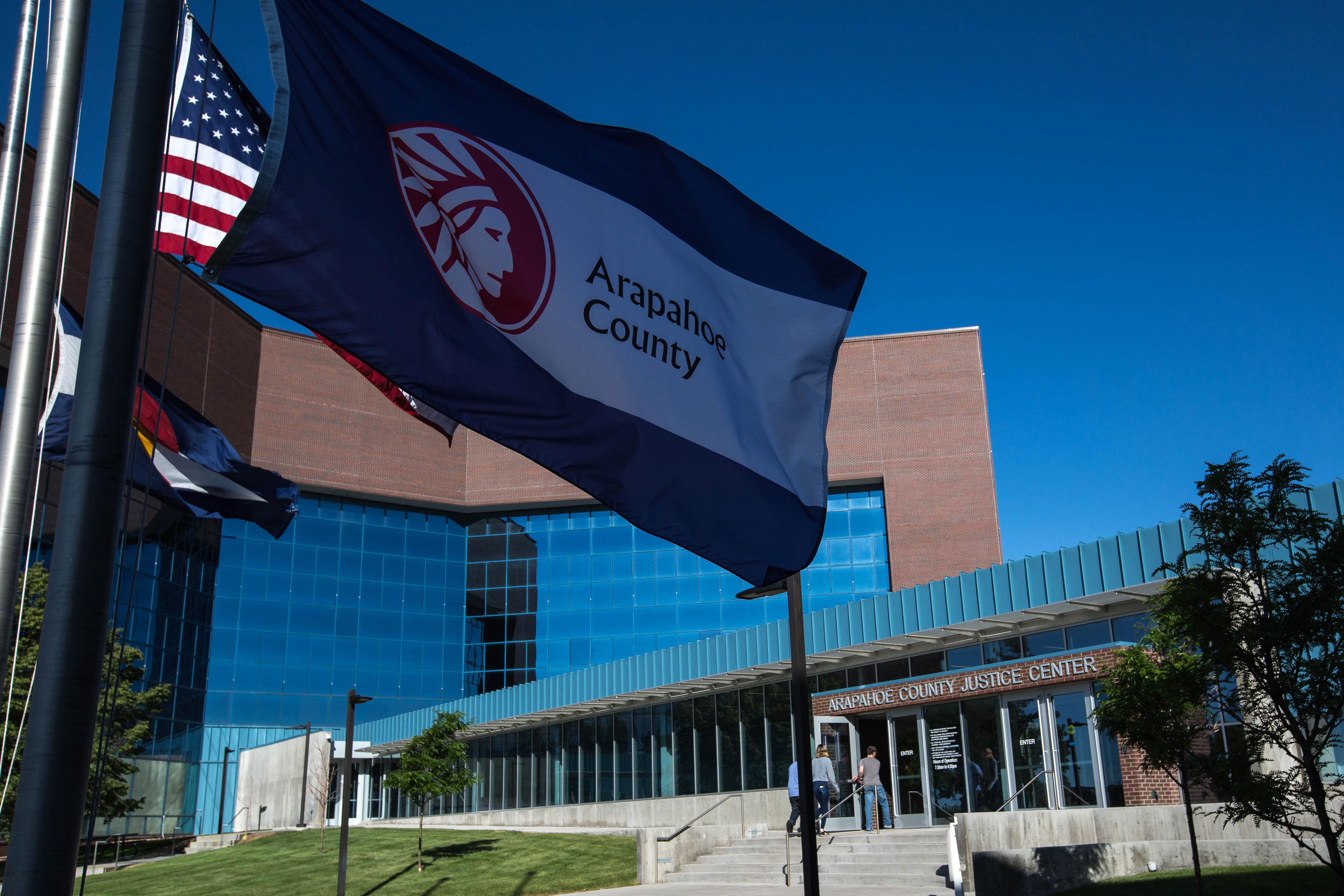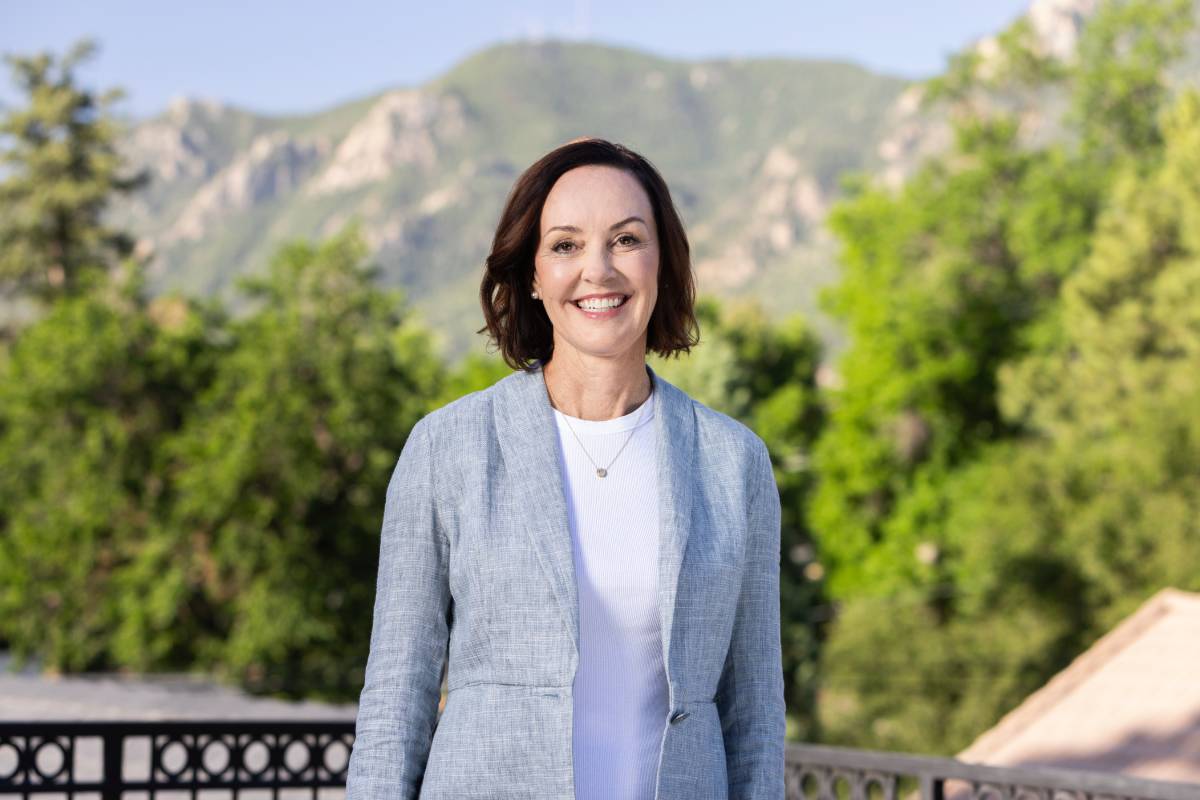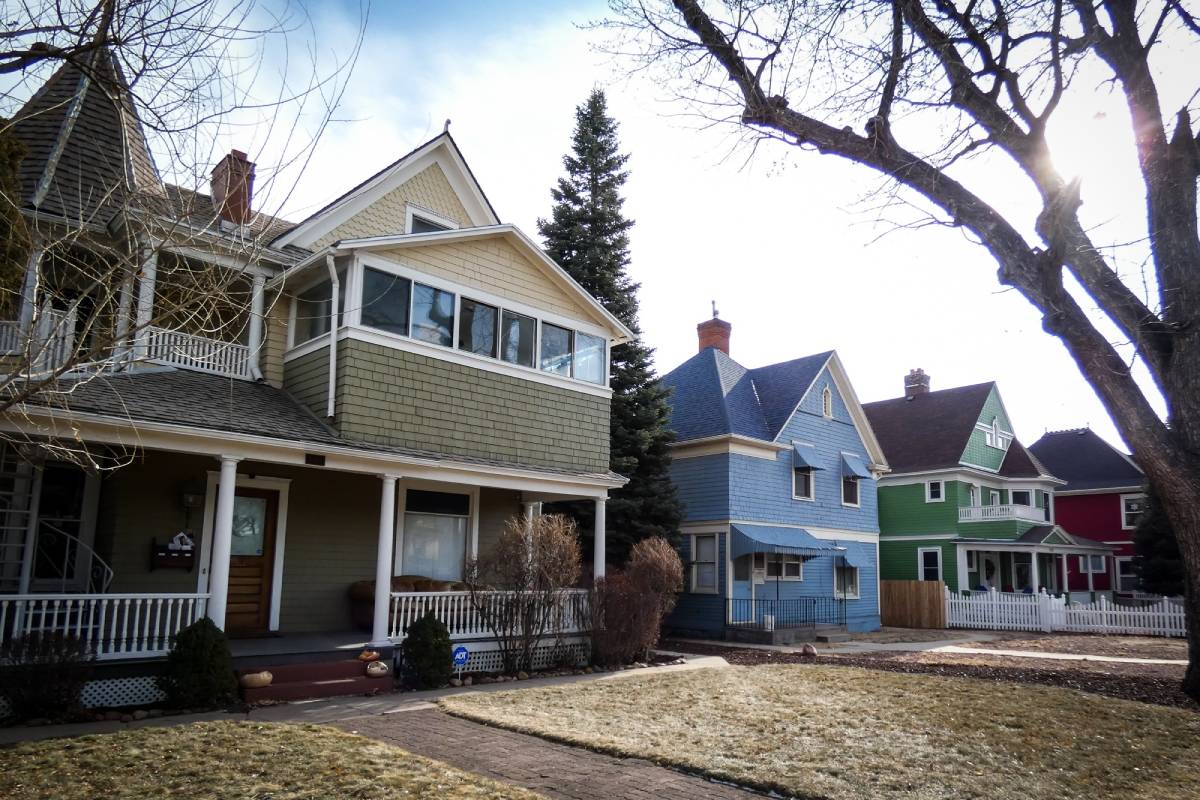
Updated: Nov. 5, 2023
This is one of two times of the year when we change our clocks by an hour, either losing or gaining an extra 60 minutes in our day, and wonder, “Why the heck do we have to keep doing this?”
Alyn Hansen of Golden posed it this way to Colorado Wonders: “I am wondering where the state bill concerning daylight saving time stands?”
The quick answer: state lawmakers passed a law last year that would automatically make daylight saving time in Colorado permanent if a few caveats fell into place.
“The federal government has to pass a law that allows states to make the choice whether they can stay on permanent standard time or permanent daylight time and Colorado voted to do but only if a certain number of states surrounding Colorado also agreed to do it,” said Dr. Lisa Meltzer, a pediatric psychologist, researcher and professor at National Jewish Health who’s been reviewing studies into the time change.
And enough of the nearby states have indeed agreed.
Now, it’s in the hands of the federal government. A different bill that would allow permanent daylight saving time passed the U.S. Senate. It must now be approved by the U.S. House and signed by the president. Meanwhile, states can already choose to remain on standard time — as opposed to daylight saving time — if they want. So far, Arizona and Hawaii are the only states to do so.
Daylight saving time lasts from the second Sunday in March to the first Sunday in November, when we switch to standard time for the winter months. It pushes all U.S. states ahead an hour relative to the time zone they are designated.
For the history of daylight saving time and research into the impact changing clocks can have, CPR’s Andrea Dukakis spoke with Dr. Meltzer.
Interview Transcript
This interview has been edited for clarity and length.
Andrea Dukakis: I want to start with the history of all of this. Alyn Hansen, who emailed us with that question says she remembers a time when there was no daylight saving time, and then she remembers when things changed.
Alyn Hansen, CPR Listener: “I am of an age where I remember when we didn't change the clocks back, and summer was so much better.”
Dukakis: Much better is obviously her view. I have to say I kind of like it when we switched to lighter evenings. We'll talk about the arguments on the different sides of this in a bit, but the decision to move to daylight saving time for part of the year and remain on standard time for the rest was back in 1966. Can you tell us what prompted that?
Dr. Lisa Meltzer: “Daylight saving time was first implemented during World War I, and it was a measure to add more daylight hours to conserve energy. And so after that point in time, everyone locally could decide, or states or local jurisdictions could decide, if or when to observe daylight saving time. In 1966, it became a uniform time act, so everybody would observe daylight saving time for a certain period of the year. In 1974, there was a decision to switch to permanent daylight saving time. It was a trial effort that was going to last for two years, but after seven months, they ended the trial because there were so many complaints of children going to school in the dark. There were accidents with children getting hit, motor vehicle crashes, and nobody liked starting their workday in pitch black. So it was repealed less than a year after it was implemented.
Dukakis: So there are three options to this equation. You could have permanent daylight saving time, which Colorado appears to be moving toward, you could have permanent standard time that's allowed by federal law, and two states, Hawaii and Arizona have done that. And then what Colorado does currently, which is to switch back and forth. You’ve looked at the body of research on this. What does it find?
Meltzer: The body of research clearly shows that permanent standard time is best for our health. Switching back and forth is problematic because in the spring when we move forward an hour, we're making our day shorter for that short period of time. And in the week after we go onto daylight saving time, there is an increase in heart attacks, motor vehicle crashes, workplace accidents, and it takes some people up to a couple of weeks to adjust to the new time. In the fall, everybody likes falling back an hour because we make our day longer by an hour, and that only takes about two or three days to adjust. So springtime is like traveling east one or two hours and the fall is like traveling west so it’s easier to make our day longer. But the reason why permanent standard time is better for our health is that our internal clocks are regulated by light and dark.
When it gets dark in the evening, that cues our body to produce melatonin, which prepares our body for sleep. So when melatonin's released in the evening, it cools off our core body temperature and it changes other body functions to prepare us for sleep. And then in the morning, bright sunlight goes through our eyes and tells our brain to stop making melatonin and wake up. So we need light in the morning to help us wake up and get our days started. When we're on daylight saving time, our days are longer. And what we know is with increased light in the evenings, as much as we all enjoy having those evening light hours, people go to bed later. But yet our social clocks, which are work schedules and school schedules, don't change. So even if we go to bed later, we still have to wake up at the same time to start our day.
So ultimately on daylight saving time, people end up getting less sleep, and that's problematic because we know that the amount of sleep we get is directly related to our physical health, our mental health, every aspect of our health and well-being. People like having light in the afternoons and that's why permanent daylight saving time is attractive. But what people don't realize is that in the winter, this means very dark mornings. So in November, if we were on permanent daylight saving time, the sun would not rise until between 7:30 and 8:00 a.m. In January, the sun would not rise until between 8:09 and 8:21 a.m. and that means we're all waking up and commuting in the dark. And this is really hard because again, we're not going to sleep early enough and we're having a hard time waking up in the morning. And so the long-term consequences of this are not good.
The research I have done a lot of is looking at the impact of changing school start times. And we know that by delaying middle and high school start times, those kids are able to not only get more sleep, but they're able to wake up and go to school when it's light out. And in our focus groups, this is what kids talked about as their favorite aspect of having healthy start times: not only getting more sleep, but going to school when it's light out. And if we were to go on a permanent daylight saving time, all of these efforts and progress that's been made is basically going to be wiped out because our social clocks will not adjust. Schools will not start later and work will not start later.
Dukakis: Along those lines, our Colorado Wonders questioner, Alyn Hansen, said this about the time pre-1966 when there was permanent standard time, and then after the change. She's obviously a mother and now she's a grandmother and notices the same issues.
Meltzer: Kids were allowed to go out and play until dusk. About 7:30 p.m. you’d get them in and get them ready for bed, they're in bed by 8:30 p.m. and their sleep cycle was not interrupted. Now it's by the clock and if you get them in by 9:00 p.m., maybe you're lucky to get them to bed by 10 p.m. And the circadian rhythms were totally disrupted. And the switching back and forth is so bad on your system.
Dukakis: So in your mind, what's worse, the switching back and forth or the idea of permanent daylight saving time?
Meltzer: Permanent daylight saving time without a doubt. The switching back and forth is not great, but people do adjust again. They'll get less sleep in the summer. And we do actually see a lot of kids and grownups get less sleep again because they're staying up later. But the switching back and forth, our bodies can adjust to it because we force them onto these new schedules. Permanent daylight saving time, however, forces us onto an irregular schedule all year and especially in the wintertime, we're fighting against our natural biological rhythms because the light-dark cycle is not when our bodies should be naturally going to bed and waking up.
Dukakis: What about places like Scandinavia and Alaska where it's very dark in the wintertime and light almost all day and night in the summertime?
Meltzer: In places like that, the societies and the cultures have adapted to that. And so they create home environments that have artificial darkness in the summertime and artificial light in the wintertime to help them adjust. And those regions are somewhat extreme. So the majority of people are not dealing with that severe of a circumstance, but people can adapt. But even within time zones we can see differences. People on the far east side of the time zone are going to have a different clock than people on the far west side of the time zone. And so there's a lot of variability in terms of how light and dark impact people's lives. But the best option is having a circadian clock, our internal clock, match as closely to the rhythm of the sun and the darkness.
Dukakis: One argument I've heard for permanent daylight saving time is that research finds the crime rates are lower when it's lighter at the end of the day. What's your view on that?
Meltzer: A lot of the research that suggests longer days is better for us is confounded by time of year. So in the summertime people say daylight saving time is better because we exercise more, we can walk more at night. But the thing is, in the summer it's warmer and so after work we're more inclined to go outside as opposed to in February if it's snowing out. And I think crime has a similar type of effect in terms of the role of weather and the time of year. I think the research looks at it, but again, the biological outcomes and the health outcomes are so much more significant.
Dukakis: Just out of curiosity, how is standard time determined? How does that work?
Meltzer: So standard time matches most closely with the sun time. So in the summer, the sun reaches its peak, we would think it's at noon, but it's actually at one o'clock. So there's this difference in terms of where the sun peaks and sets as opposed to what our clock times say. So time zones are, I think, mostly set to try and capture and match up the clock times with the sun times. Some places in the world like China where it's one large time zone, again, they find very significant differences in sleep and health outcomes on one side of this large time zone than on the other because the actual times don't match up with the sunrise, the sunset, and the midday point.
Dukakis: How common is it for countries around the world to have this switch back and forth?
Meltzer: It is quite common in North America, in Europe, Australia, and a few other places in the world. But again, every major medical and research society, including American Academy of Sleep Medicine and Sleep Research Society, strongly recommend permanent standard time for the health and well-being of all of these societies, no matter where in the world the time changes are happening.









